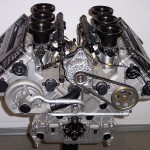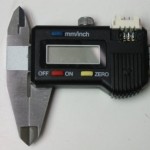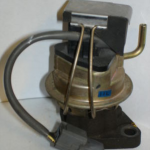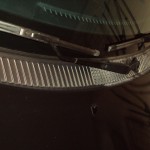 I write a lot about modifications that either don't work or work poorly but that's not to say that there aren't a whole slew of tricks that work every time.
I write a lot about modifications that either don't work or work poorly but that's not to say that there aren't a whole slew of tricks that work every time.
In this two part article, I'll explore just a few of the "tricks" and modifications you can use to increase the output of any engine without paying "gimmick tax." Gimmick tax is what you pay when you buy parts or invest in modifications that don't really work or have such small gains that they're hardly worth doing. Let's get started..
Fitting a larger exhaust than factory, always works. The key is not to go too far, but going up one or two pipe sizes will almost without exception produce more power and better overall acceleration. The reason that going to large can hurt you is that the pressure differential between the exhaust and the atmosphere at the end of the tail pipe actually helps the exhaust exit. In other words, some "pressure" (not necessarily back pressure) is good. I recently published a TU Premium exclusive article that gives a chart you can use to find the right pipe size for your exhaust system. Continue reading






